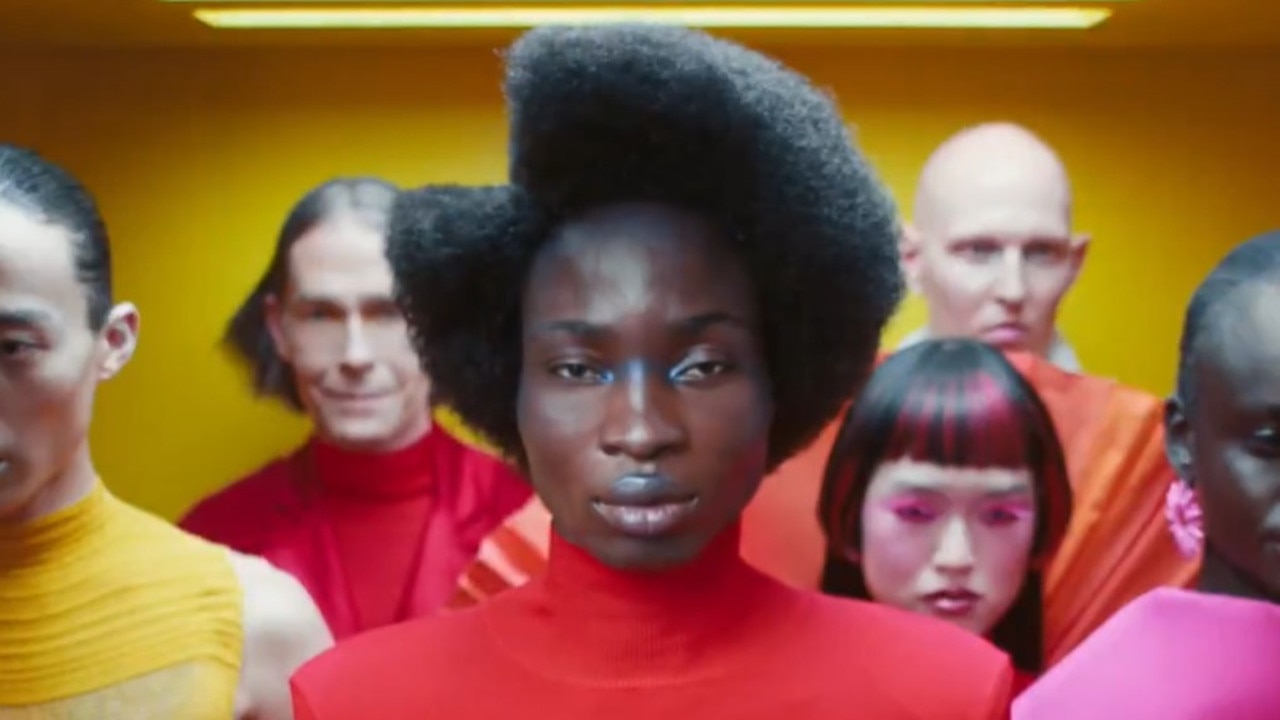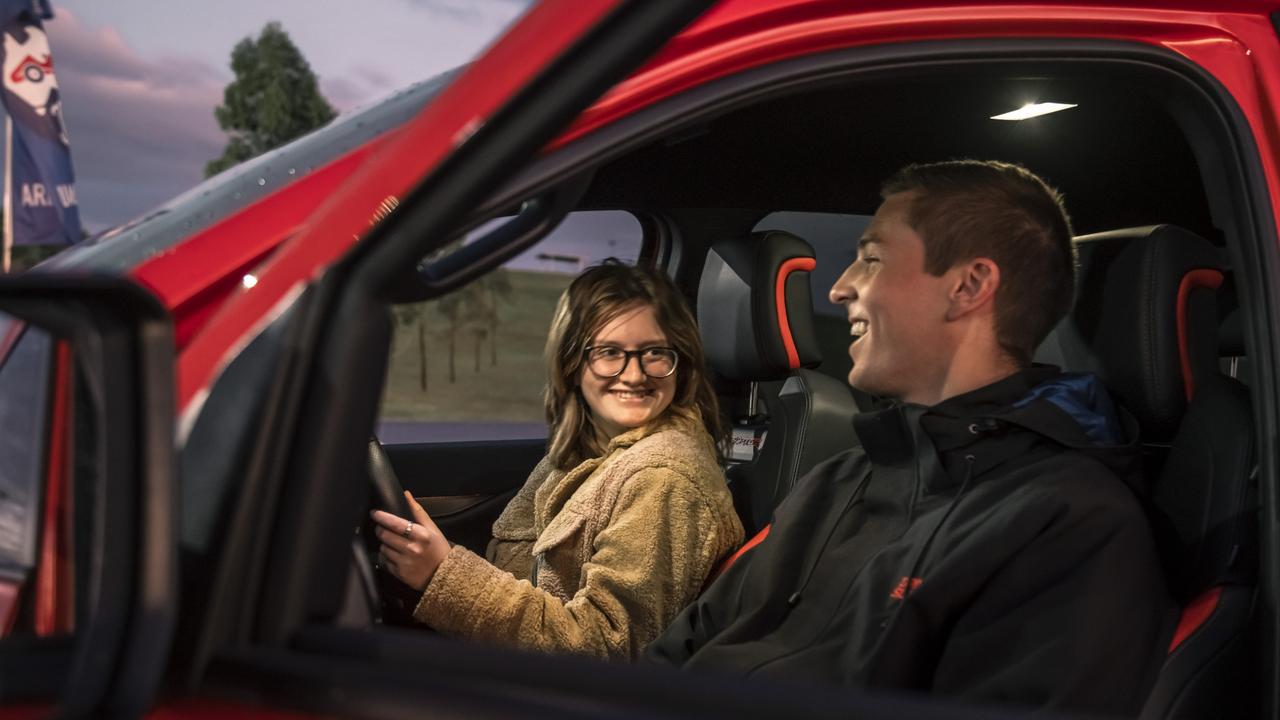2024 Mazda CX-80 review
Target drivers of this brand are usually Aussie millennials, now Mazda has completely revamped itself in a way most of us didn’t see coming - and the price tag is eye watering.
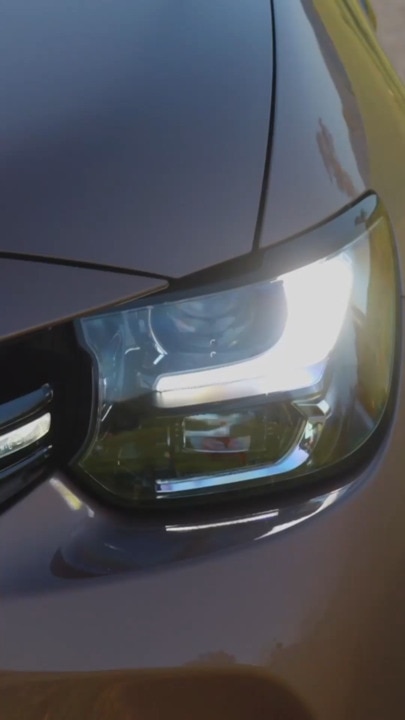
Mazda’s all-new CX-80 seven-seat SUV is a welcome dose of common sense.
You see, the Japanese brand’s been busy pushing “Mazda Premium”, meaning SUVs with richer specification, fancier design, plusher materials and – this is key – higher prices.

MORE: Chinese EV has more power than a Porsche
Lovely stuff, but hardly ideal when Aussie families battle a cost-of-living crisis.
Antidote is this three-row CX-80’s starting price. From $54,950 plus on-roads, it is a chunk more than the CX-8 ($42,810) and CX-9 ($47,600) it’s replacing – those two nameplates now retired – but in-line with seven seat rivals Toyota Kluger, Kia Sorento and Hyundai Santa Fe.
Those paying attention will know Mazda already launched a new seven-seat SUV last year, the CX-90. But its $74,550 entry means sales have struggled.
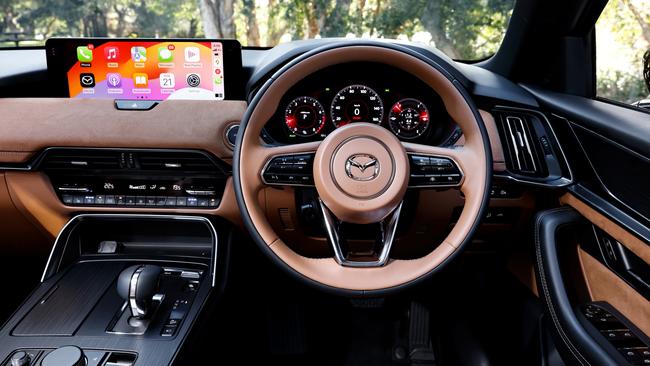
MORE: New EV battery changes everything
This year, Klugers and Sorentos outsell CX-90s by 10-to-one.
This more affordable CX-80 musters a sterner challenge.
First impressions suggest it’s a cracking big family car. A 3120mm wheelbase bests a Toyota LandCruiser or BMW X7, translating to a properly spacious cabin.
Middle seats are vast and versatile, sliding forward and reclining. They tumble and fold for relatively easy third row access, and even back in the stalls, this six-footer had humane space plus air vents, cupholders and USB-C ports.

Pop the tailgate and, even with seven seats up, a baby stroller or golf bag fits the 258L space. With five seats there’s a solid 566L, and with all rows down a van-like 1971L.
The CX-80’s an imposing slab of SUV in the metal. Some angles look superb, others awkward, but Mazda’s biggest problem is how alike all its Large Product platform SUVs appear.
Australia’s the only market to receive all four – the CX-60, CX-70, CX-80 and CX-90 – and from 50 metres I swear even Mazda nerds couldn’t tell them apart. Mazda’s designer is probably familiar with the cut and paste shortcut.
MORE: Renault Embleme hydrogen concept car revealed
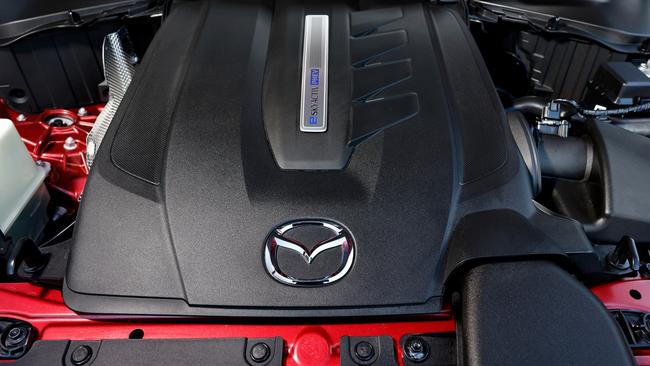
The entry-level Pure comes only with a 209kW/450Nm 3.3-litre six-cylinder turbo-petrol engine. The plainest of the litter, it has 18-inch alloys and cloth seats, but goodies include a 10.25-inch touchscreen, wireless smartphone mirroring, 360-degree camera and solid safety kit.
A $61,950 Touring adds heated, power leather seats and remote tailgate; then another $7000 buys a GT with 20-inch black alloys, panoramic sunroof, Bose audio, heated rear seats and pair of 12.3-inch screens.
Uptown living arrives with the $74,150 Azami’s ventilated nappa leather trim, then tick the $5000 SP box for gloss black body bits, tan nappa leather and gorgeous tan suede dashboard. One to swerve if you’ve got grubby kids, though.

The SP’s signature is two roomy captain’s chairs in the middle row, instead of a three-seat bench. This six-seater’s a superb option, and really should be offered across lesser grades.
My other complaint is that there is no Pure model with Mazda’s 3.3-litre turbo-diesel engine.
With 187kW and 550Nm it’s a smooth, eager and relatively quiet straight-six, and while the petrol’s no clunker, the diesel’s buttery smoothness wins out.
Its 5.2L/100km economy’s also standout beside the petrol’s 8.4L/100km.
Available only from Touring grade, the diesel costs $2000 over petrol models. There’s also a 241kW/500Nm plug-in hybrid (PHEV) offering 65km of pure electric driving, but it costs from $75,000 up to $92,200.
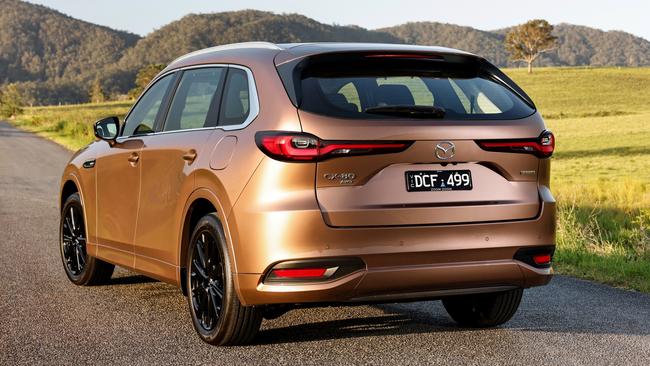
Mazda’s not expecting massive CX-80 PHEV sales, and like the smaller plug-in CX-60, its drive experience isn’t the best. Acceleration’s rapid, but it feels heavy, and the gearbox at times confused.
Petrol CX-80s also displayed the occasional gearbox stutter, but overall this biggie cruised well without driver assist systems proving invasive, nor much outside noise creeping in.
Handling and control on country roads impressed. All CX-80s have all-wheel-drive with rear-bias, so keener drivers should enjoy hustling them along.
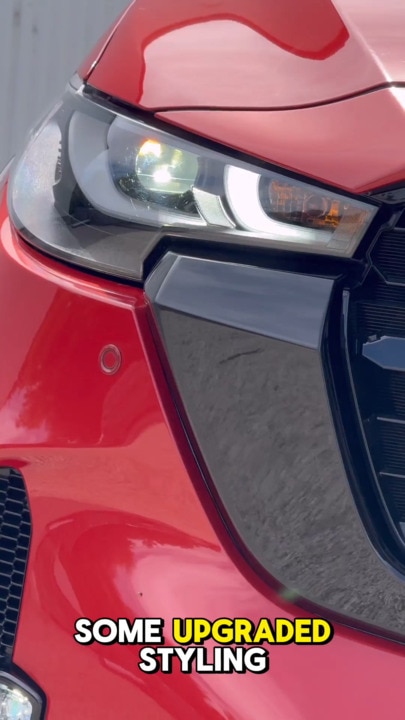
Strangely, Mazda’s favoured this ability over outright comfort. Low-speed ride’s firm and occasionally jittery, when it’s a car screaming out for pillowy smoothness.
Diesel CX-80s felt the best composed all round, plus delivered the most satisfying under-bonnet action.
No matter the grade, kudos to Mazda for the CX-80’s common sense, fuss-free cabin. Seating position’s high, visibility’s great and there are proper, physical controls rather than silly touchscreen prods for climate control.
Too-plasticky centre console buttons and gear shifter let the premiumness slip, but otherwise it’s a reassuringly lovely big unit to haul around the family.
VERDICT
3.5 stars
The more affordable seven-seater Mazda needed. Classy, roomy and safe, but a smoother ride would better suit this family SUV.
MAZDA CX-80
PRICE: From about $59,800 drive-away
ENGINES: 3.3-litre six-cylinder turbo-petrol (209kW/450Nm) or turbo-diesel (187kW/550Nm); 2.5-litre four-cylinder PHEV with electric motor (241kW/500Nm)
THIRST: 8.4L/100km (petrol); 5.2L/100km (diesel); 2.7L/100km (PHEV)
WARRANTY/SERVICE: 5 years/unlimited km, $2623 (PHEV) to $3433 (petrol) for five services/75,000km
SAFETY: Unrated, 8 airbags, advanced AEB, lane keep assist, emergency lane keeping, blind spot monitor, safe exit warning, front and rear cross traffic alert, driver monitor, traffic sign recognition, 360-degree camera
LUGGAGE: 258L/566L/1971L
SPARE: Repair kit
Originally published as 2024 Mazda CX-80 review

